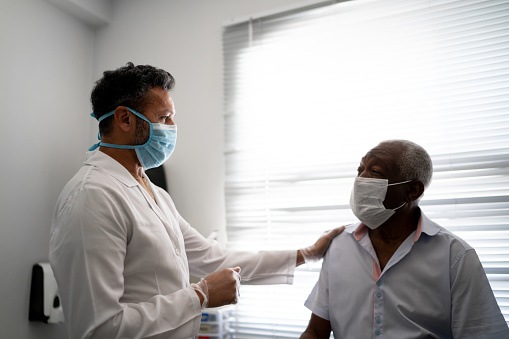
A study that was presented at the 62nd ASH Annual Meeting & Exposition evaluated real-world outcomes in patients with chronic lymphocytic leukemia (CLL), comparing those treated at public versus private hospitals.
The study utilized data from the Brazilian Registry of CLL, which was initiated in 2004 to collect non-interventional CLL data. A total of 2,927 patients from 37 centers between January 2004 and July 2020 were eligible for the present analysis.
Most patients were from public hospitals (n=2,324; 79%), with the remaining 603 patients (21%) followed at private hospitals. The cohort was primarily male (57%) with a median age of 65 years (range, 23-106 years). Most patients were Binet stage A (n=1,618; 58%), 628 were stage B (23%), and 525 were stage C (19%). Only 479 patients underwent fluorescence in situ hybridization (FISH) for del(17p) (16%), and only 445 patients underwent FISH for del(13q), +12, del(11q), and del(17p) (15%). Very few patients underwent immunoglobulin heavy chain variable (IGHV) mutational status (n=211; 7%) and karyotype (n=140; 5%).
Patients in public hospitals were slightly older than those in private hospitals (median age, 66 years vs. 64 years; P=0.04) and were more likely to have advanced disease (Binet B or C, 44% vs. 32%; P<0.0001) and elevated creatine levels (14% vs. 10%, P=0.03). Prognostic markers were significantly more available in private hospitals compared with public ones, included FISH for del(17p) (42% vs. 10%; P<0.0001), IGVH mutational status (13% vs. 6%; P<0.0001), and karyotype (16% vs. 2%; P<0.0001). Public and private hospitals did not largely differ in frequency of del(17p) (10% vs. 11%; P=NS), and although IGHV status was more prevalent in private hospitals, this difference did not reach statistically significant difference.
A total of 2,102 patients diagnosed after 2010 were evaluated. In this group, 864 patients (41%) were treated after a median seven months following diagnosis. For most patients, the first line of treatment was chlorambucil- (45%) or fludarabine-based (40%). Rituximab was used in 35% of cases and obinutuzumab in 4%. Only 2% of patients received novel agents as their first line of therapy; more often than not this was in the context of a clinical trial. Of the patients with del(17p), 86% underwent chemoimmunotherapy.
Treatments significantly differed between public and private hospitals. Patients treated at public hospitals were significantly less likely to receive fludarabine-based regimens (36% vs. 54%; P<0.0001) and anti-CD20 monoclonal antibodies (28% vs. 78%; P<0.0001). They also had poorer six-year overall survival (72% vs. 93%; P<0.0001), an outcome that persisted upon multivariate analysis adjusting for age, Binet staging, and renal function (hazard ratio, 3.4; 95% confidence interval, 2.4-4.8).
“Urgent strategies are needed to increase accessibility to prognostic testing and to novel agents for quality improvement in health care in CLL patients in Brazil,” the study authors concluded.06







 © 2025 Mashup Media, LLC, a Formedics Property. All Rights Reserved.
© 2025 Mashup Media, LLC, a Formedics Property. All Rights Reserved.